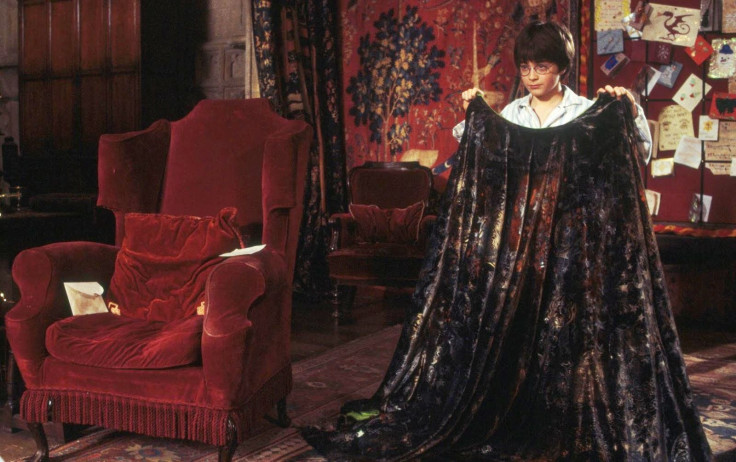Harry Potter’s invisibility cloak may soon transition from fiction to reality. Engineers at Iowa State University have created a “meta material” that flexes and stretches to hide an object. The material also has “cloaking” properties that make it invisible to radar detectors and, in theory, visible light.
The meta material is made of a row of rings filled with a metal alloy called galinstan. The rings serve as electric inductors, while gaps within the ring store electrical energy.
“It is believed that the present meta-skin technology will find many applications in electromagnetic frequency tuning, shielding and scattering suppression,” wrote the engineers in their paper.
Last year, researchers from the US Department of Energy (DOE)'s Lawrence Berkeley National Laboratory and the University of California, Berkeley announced the creation of an “ultra-thin invisibility skin cloak” that can conceal 3D objects. The “cloak” is 80 nanometers thick but researchers say the principle can be applied to larger objects.
How does it work? The material reroutes reflected light so that the object becomes seemingly invisible. The “cloak” is made of brick-like blocks of gold nanoantennas, which are wrapped around a 3D object.
“A phase shift provided by each individual nanoantenna fully restores both the wavefront and the phase of the scattered light so that the object remains perfectly hidden,” said co-lead author Zi Jing Wong.
When red light, in particular, is shed on the skin cloak, the reflection is identical to a flat mirror and makes the object under it invisible.
“This is the first time a 3D object of arbitrary shape has been cloaked from visible light,” said Xiang Zhang, director of Berkeley Lab's Materials Sciences Division. “Our ultra-thin cloak now looks like a coat. It is easy to design and implement, and is potentially scalable for hiding macroscopic objects.”

















